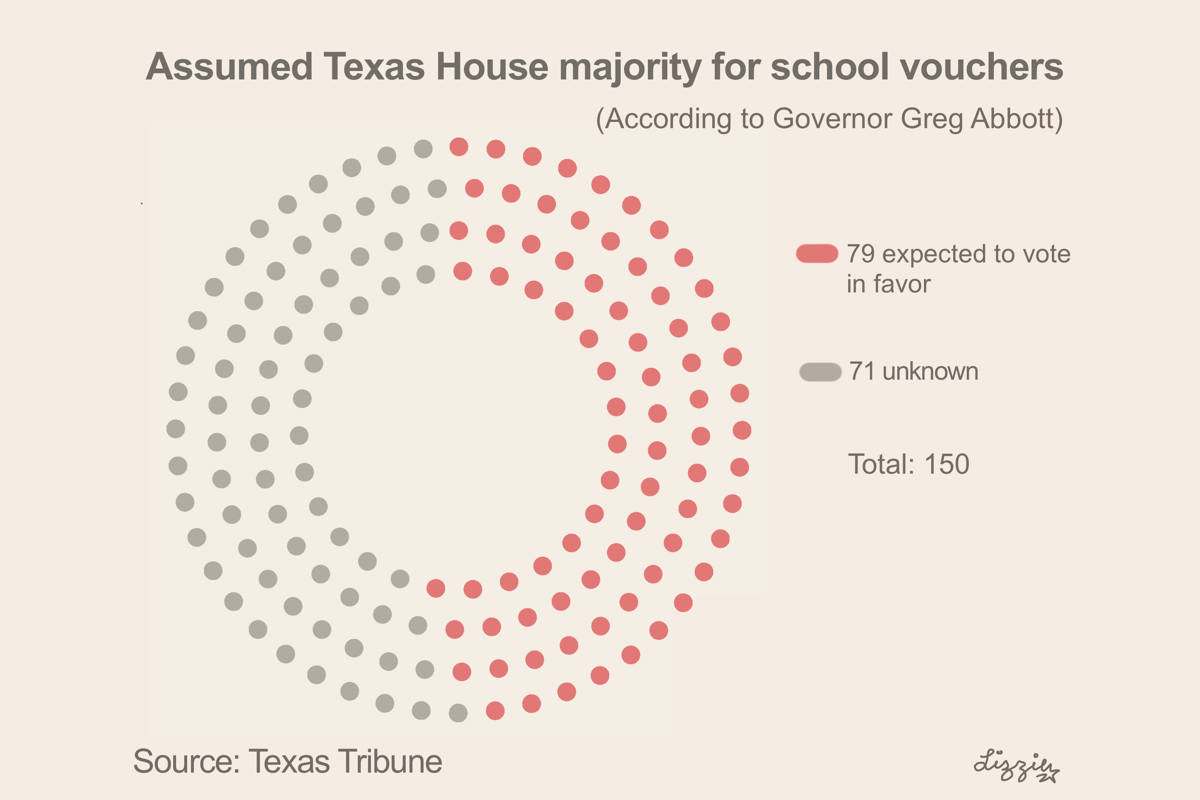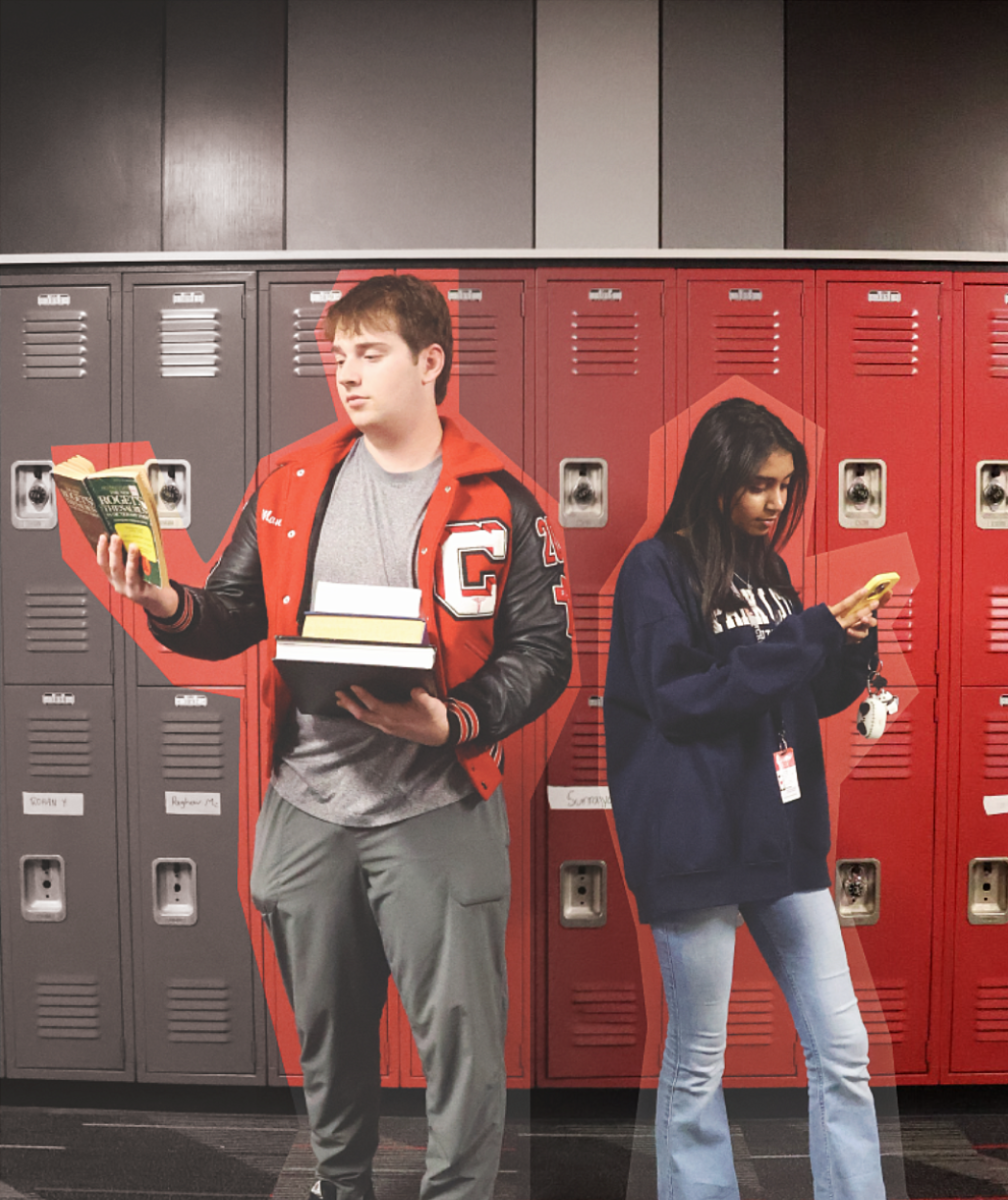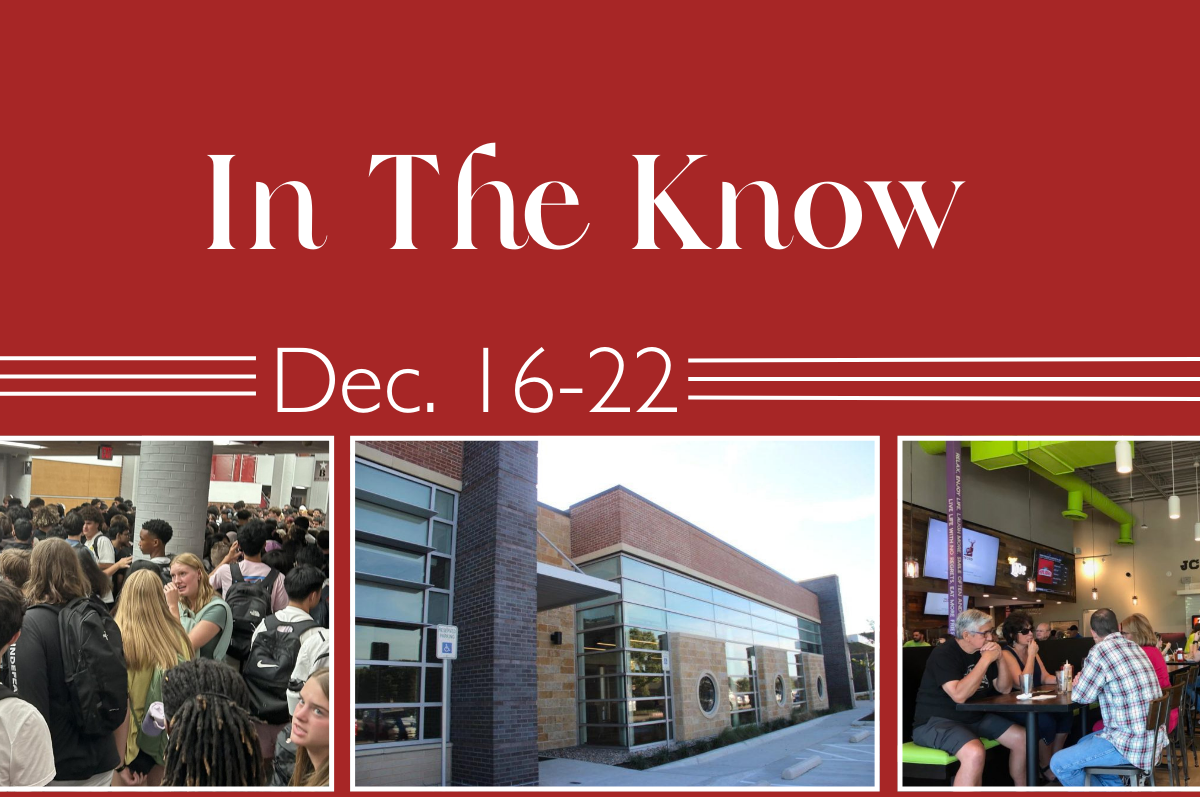By Julia Kim
Staff Writer

- IB and AP Spanish Literature teacher Patrick Melville utilizes his new Smart Board technology while teaching his classes. Photo by Aditi Shrikant.
Students may observe teachers attempting to integrate the newest addition of technology—SMART Boards, SMART Slates, SMART Document Cameras, iPod Touches, Flip Cams and MacBooks—into their lesson plans.
In 2008, Superintendent Dr. Jeff Turner was the Design Team Leader for Creating a New Vision for Public Education in Texas, a document illustrating the possibilities for the future of public education.
With this initiative and in the move towards 21st century learning, CISD offered teachers the opportunity to apply to be a part of Club 21. Eleven teachers and six additional academy instructors were selected to collaborate with technology integration specialists at the school to introduce newer technological installments in the building, continuing the movement that began last year in expanding technology on-campus.
“I got involved in [Club 21] because I found that the traditional books and direct teaching methods did not reach out to the Coppell High School students,” Spanish teacher Cathy Vanover said. “It seems that technology is the new way of learning, and [by] observing my own children at home, I saw that when they wanted to learn something, they would just YouTube it. Change was needed, and I wanted to be a part of that change.”
In the fall of last year, teachers interested in participating in Club 21 were required to submit their application which consisted of several questions. Teachers who passed this first round of applications were then interviewed.
CISD partnered with Tom Daccord, founder of EdTechTeacher, to begin this transformation in the classrooms, a program that he refers to as Teaching for the 21st Century (T21). The program essentially creates teacher leaders in technology integration, most of whom implement instructional change to help students develop as 21st century learners.
At CHS, Club 21 teachers are expected to develop and extend skills including digital literacy, critical thinking, problem solving and collaboration. In addition, teachers are also required to share their learning with other staff members.
“Both the academy and Club 21 teachers received training on not only how to use the equipment but also on the instructional learning process,” technology integration specialist Shalone Willms said. “I think its [important to] engage students in the instructional process—to get them up out of their chairs and active. It gives students ownership of the learning process, and it’s more exciting.”
The teachers who are participants of Club 21 teach a spectrum of subjects, from mathematics to Spanish. IB math teacher Karie Kosh was a part of Cohort 2.0, the second set of teachers that expressed interest in getting involved.
“I applied [after] I heard a teacher across the hall talk about it; she got in the first group and I’m in the second,” Kosh said. “At the beginning of summer—about 3 and a half days after the end of the school year—there was training [at which] I learned about Web 2.0 concepts. There are also online courses which have not started but are coming.”
Teachers are utilizing their 21st century equipment in a variety ways that supplement the curriculum they have prepared over the summer.
“So far, I have used the iTouches to answer questions on a Google Doc that I had already prepared,” Kosh said. “The student responses all show up on a spreadsheet which is convenient. In my IB classes, I have asked the students to film themselves solving and teaching a problem. Essentially, if you can teach it, then you really know it.”
Students are also enjoying the new installments in their classes. Senior Sydney Kapp interactively learns in IB Spanish, a class taught by Spanish teacher Patrick Melville.
“I like it a lot because it makes the world of information more accessible especially in a foreign language such as Spanish,” Kapp said. “It’s useful since I can pull up a Spanish dictionary online as opposed to tangible dictionary that takes time to look through. Yet, sometimes it’s just distracting, and that’s not the best when the teacher is giving instructions.”
However, there is a catch: the modification is just plain expensive. To get technology in the classroom, Club 21 received money from grant funds the district received.
“Some of the advantages are that it’s more engaging and reaching in a way that they [the students] want to learn, but it’s expensive and [at the same time], not every teacher has access to it,” Vanover said. “It takes time—an initial big time investment from the teacher.”








